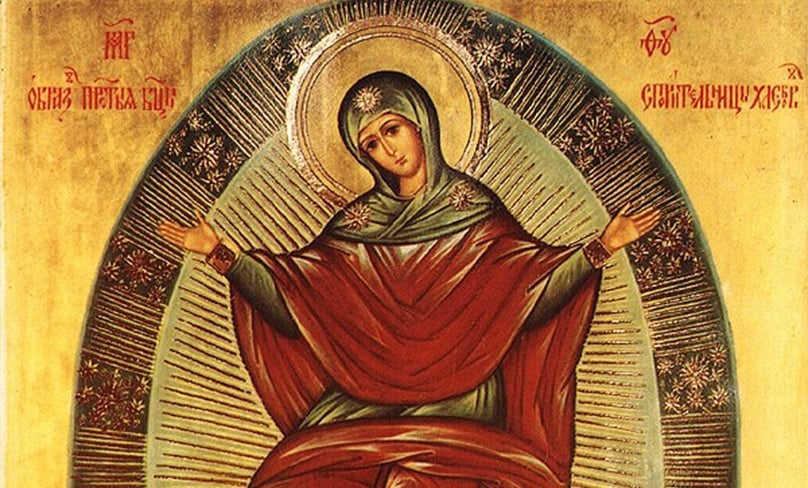
For modern Catholics running businesses or working in offices, the feast of Our Lady of the harvest might seem like an agricultural celebration from a previous time.
Thought to originate from pagan agricultural feasts where people would make sacrifices to fertility deities for a good crop, the feast is one of three Maronite Marian feasts: 15 January for the seeds, 15 May for the wheat harvest, and 15 August for the grapes.
For modern Catholics in Western countries, praying for a good harvest might seem a little impractical. But whether you’re reaping wheat or not, the spiritual meaning of the feast still resonates.
At every Maronite Divine Liturgy we pray this hymn for the transfer of the offerings: “Of the Virgin Mary I was born, taking flesh as man. As good earth receives a seed her womb received me, priestly hands now lift me high above the altars.”
The Maronite divine office, morning prayer for the memorial of the Virgin Mary, further adds to this, describing Mary as “the garden who has given the world the fruit of life.”
The heavy symbolism of Mary’s womb as the seedbed for Christ intertwines her role in the Incarnation of Christ with the theme of healthy crops and fruitful harvest.
Christ, in this instance, is the ultimate harvest, a source of light and life to be praised and adored.
From a scientific lens, research has long demonstrated that cells from the baby remain in the mother’s womb for life, even long after childbirth.
This forms part of the connection between mothers and their children, and further connects Mary to Christ.
Acting as a “garden,” or as “good earth,” Mary’s womb would have carried the cells of Christ, the good harvest.
In iconography for the feast of Our Lady of the harvest, Mary is often depicted over a field of wheat, protecting the crop as she would’ve protected and nurtured her own son.
The three Maronite Marian feasts each focus on a specific part of agriculture: seeds, wheat and grapes.
The wheat, which grows from the seeds, becomes the main ingredient of bread, and grapes become wine.
The same bread and wine which become the body and blood of Christ during the Divine Liturgy, given to Catholics for the “forgiveness of sins and for eternal life.”
This creates a deep connection between Mary, the harvest and the Eucharist. Wheat and grapes become the Eucharist, just as how a baby in his mother’s womb grew and became light and life.
Mary’s role as Jesus’ mother was to protect and nurture him while in her womb—a role which has now been carried onto the crops that will become the body and blood of her son.
Mary is the good earth that nurtures and protects us as our mother, just as she nurtures and protects Christ, something which is not only seen during the Maronite Marian feasts.
Catholics can turn to Mary and, through her intercession, pray for her protection over their crops, whether they are literal fields of wheat or something symbolic, requiring the careful protection and nurturing of a mother.
In the Maronite Church, the month of May is dedicated to Mary, strengthening the unique devotion Maronites have to her.
As we approach the end of May, may we reignite this devotion and reach out to Mary who carries a part of her Son, asking her to intercede and pray for us.
